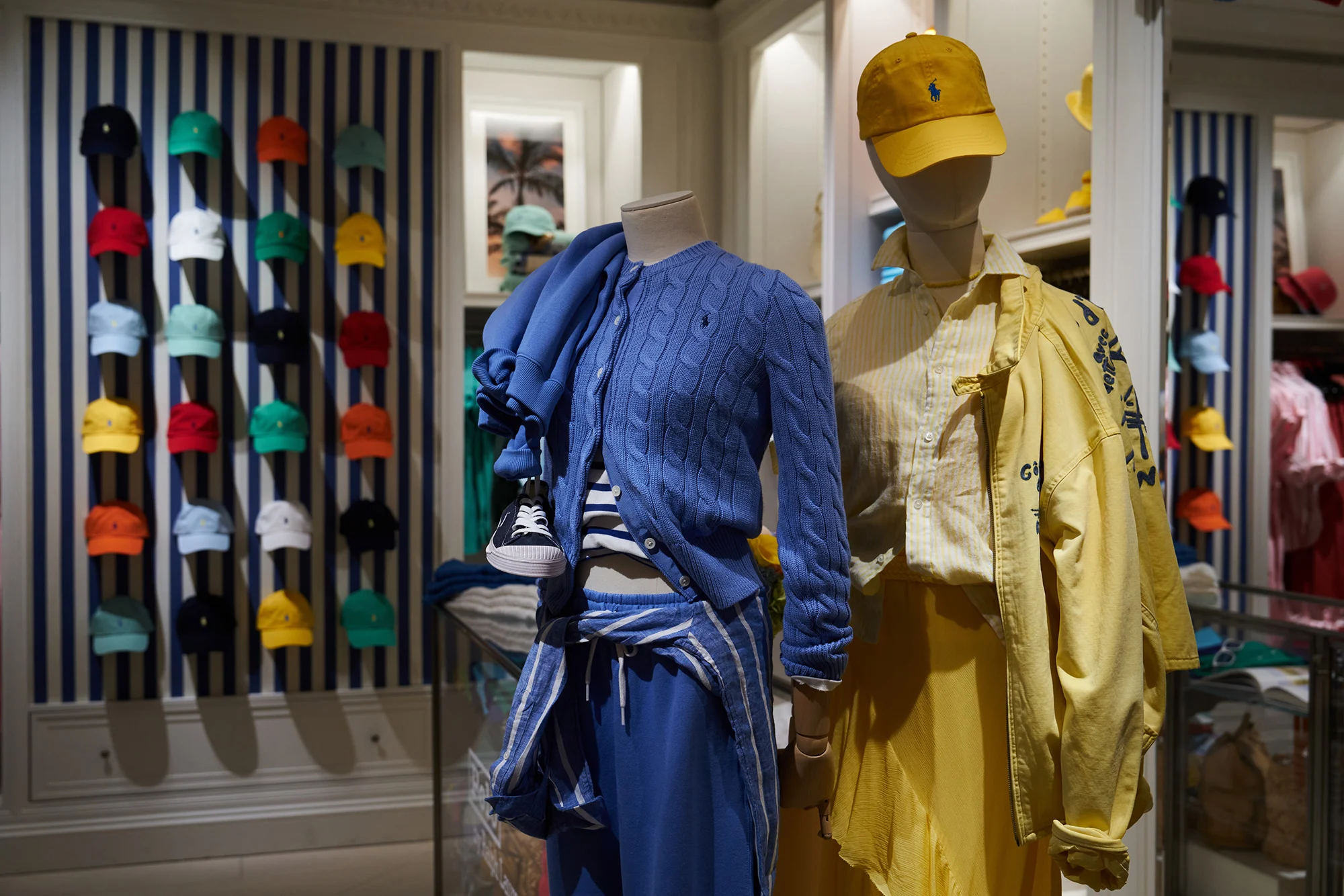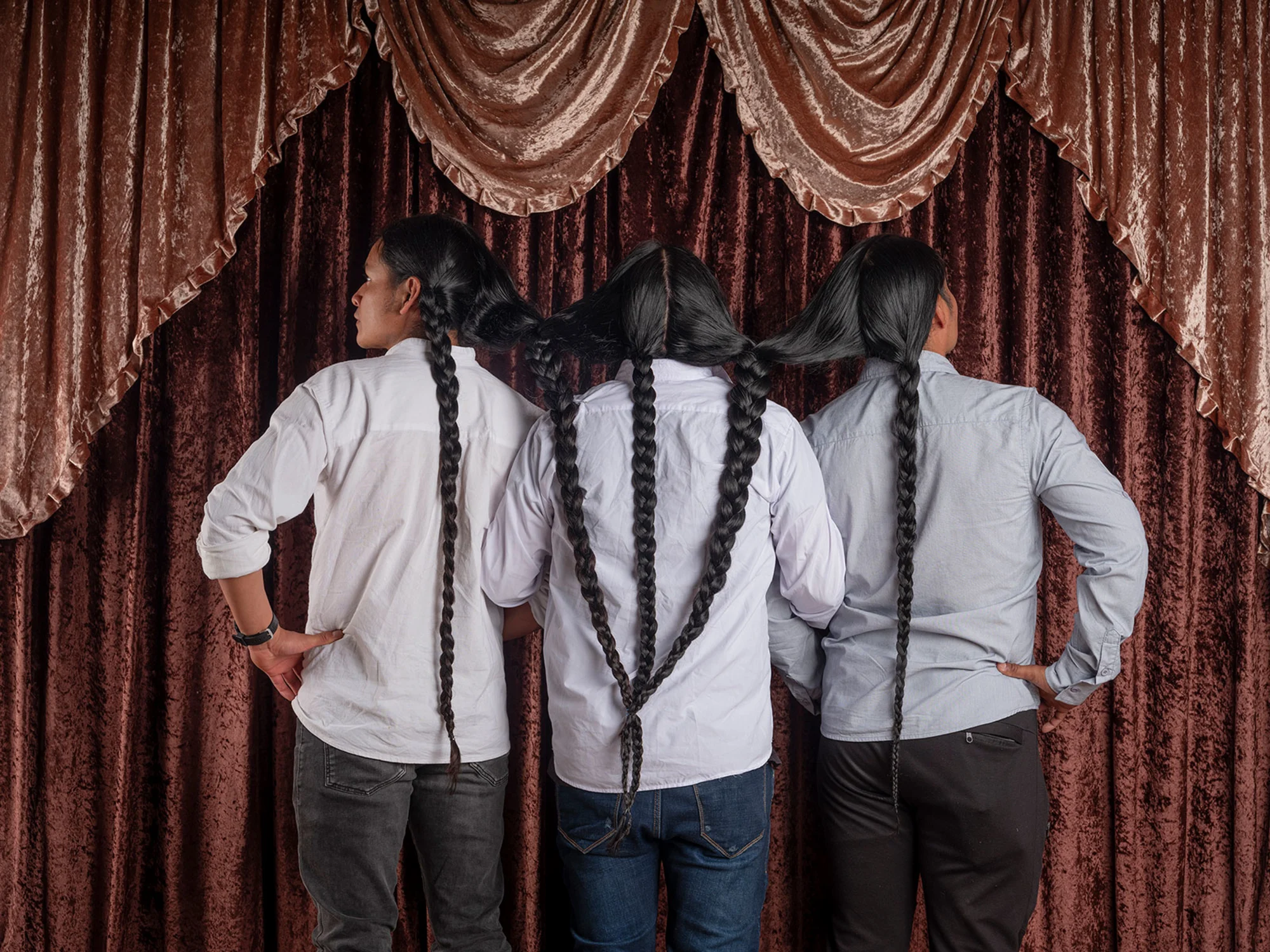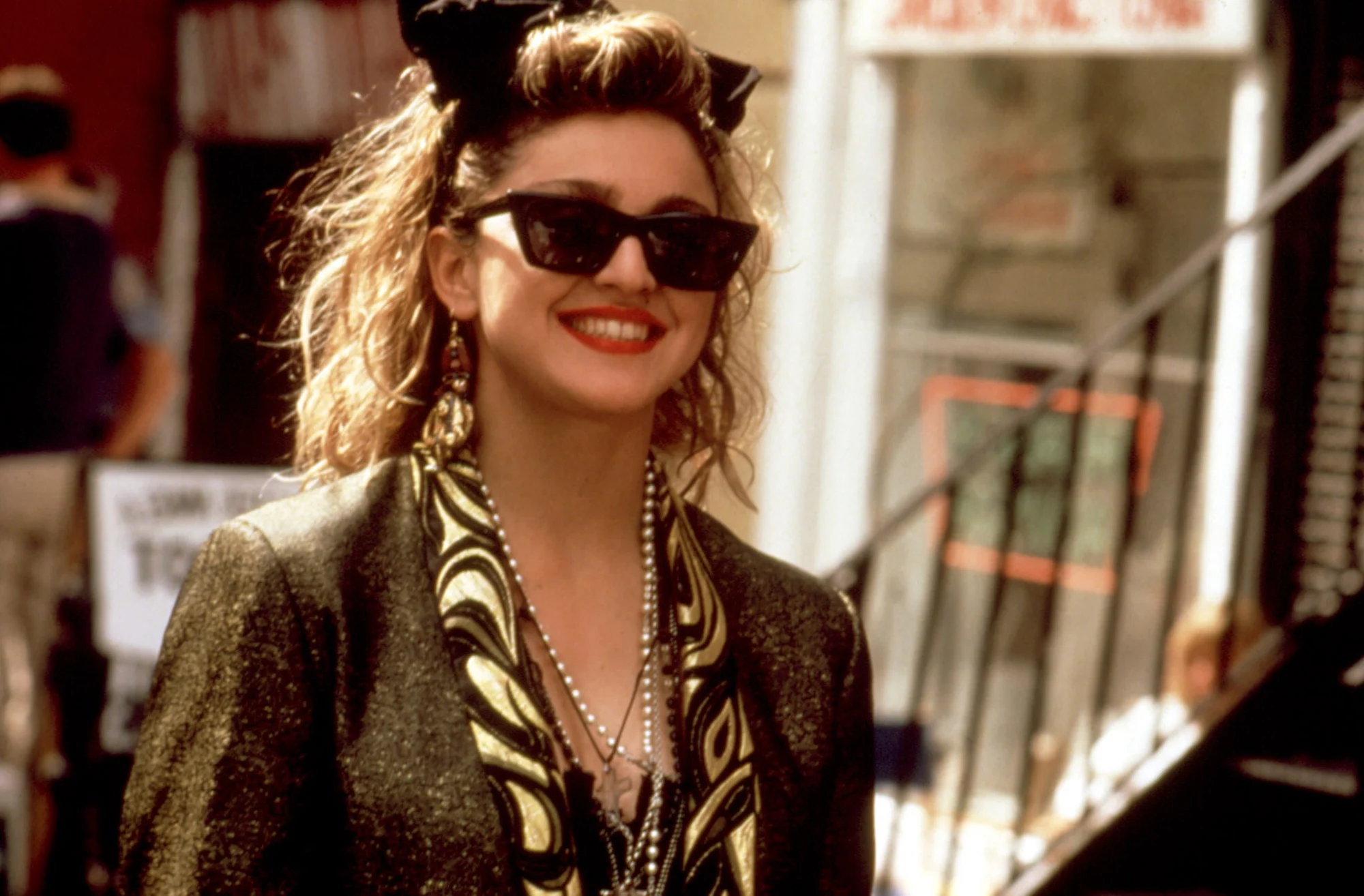
Pamela Anderson’s iconic red swimsuit from Baywatch—a high-cut, fire-engine red one-piece with a scoop neckline perfectly suited for slow-motion shots—became one of the most recognizable outfits of the 1990s. Worn by Anderson during her time on the popular TV show from 1992 to 1997, this swimsuit has since become a cultural symbol, epitomizing the era’s style and attitude toward women’s bodies.
Currently on display at Splash! A Century of Swimming and Style at The Design Museum in London, the swimsuit is suspended in a glass case, almost as an art piece, with no mannequin to carry it, representing the object alone, not the person who wore it. This exhibit, running until August 17, charts the transformation of swimwear across the decades, and Anderson’s red Baywatch suit sits at its core.
Curator Amber Butchart explained that the swimsuit holds a deep cultural significance. “It haunted me,” she said, referring to the era’s expectations of women, and how the male gaze often shaped public perceptions of female stars. Butchart praised Anderson for reclaiming her image and shifting away from the hypersexualized persona she once embodied. “Anderson has done an incredible job of turning that around,” Butchart added.
On Baywatch, Anderson portrayed C.J. Parker, a lifeguard and beachside entrepreneur, frequently seen in little more than her red swimsuit. The show skyrocketed to global fame, becoming the most-watched TV series of the time, with over a billion viewers weekly. Anderson played a pivotal role in this success, even having episodes made exclusively with her involvement, a condition called “Pamela Clauses,” according to her memoir. In recognition of the series’ impact, Pantone even created a specific shade of red, named “Baywatch red,” in 2019 for the show’s 30th anniversary.
The swimsuits worn by the Baywatch cast were all custom-made by the Californian sportswear brand TYR, designed to accentuate each actor’s physique. For the museum exhibit, displaying the swimsuit on a regular mannequin didn’t feel appropriate. “We didn’t want to put it on a mannequin unless it matched Pamela Anderson’s proportions,” Butchart explained. Instead, the suit is displayed as an object, emphasizing its iconic status apart from the body that made it famous.
The Cultural Power of Swimwear
The exhibition spans over a century of swimwear evolution, starting with the bulky, knitted unitards of the 1920s, progressing to the modern bikini’s introduction in 1946 (named after the Bikini Atoll nuclear testing site due to its “explosive” effect), and moving through Speedos to the luxury scuba-inspired creations by Viktor & Rolf.
However, the exhibit isn’t just about the changing styles; it also delves into swimwear’s social and cultural influence. A historic, plain rental bathing suit from the early 20th century, with “Margate Corporation” printed on it, is displayed as a symbol of how swimming once required access to private resources. This rental suit was part of a municipal initiative to provide bathing suits to those who couldn’t afford their own.
In more recent times, swimwear has become a tool for inclusivity. For example, Beefcake Swimwear offers a blue-and-white striped, gender-neutral suit, while Girls Chronically Rock has designed adaptive swimwear for those with disabilities, highlighting the role of swimwear in ensuring equal access to public spaces. Butchart explained, “If you don’t have swimwear that works for your body, you’re denied the experience of the water.”
The exhibit also touches on the beauty standards imposed by the fashion industry. One display features a 1925 advertisement for Zip Depilatory cream, promising women smooth, hair-free legs in preparation for swimwear. A 1930s Vogue article insisted that women who chose to ditch stockings must also maintain perfectly hairless legs.
Evolution of Swimwear Cuts
As the decades went on, swimwear designs became increasingly revealing. The high-cut leg of Anderson’s Baywatch suit became a hallmark of ‘80s and ‘90s swimsuits, setting it apart from earlier, more modest designs. According to Butchart, the red swimsuit became a symbol of a shift back to one-piece suits, an interesting reversal after years of bikini dominance. “Suddenly, one-piece swimsuits became fashionable again,” Butchart said. “It was a resurgence, and Anderson’s star power certainly played a role in that.”
Underneath the red swimsuit in the exhibit is a quote from Anderson, reflecting on her own swimwear line, which she designed over three decades later. Anderson described the collaboration with Francesca Aiello, founder of Frankies Bikinis, as a move toward more practical swimwear. “I think it’s great that we’re designing swimwear that’s not just about looking good in photos on the beach,” she said.
Butchart emphasized that this quote was included to give Anderson a voice in the exhibit, especially as the actress has worked hard to reshape her image from the Baywatch days. “We wanted to include her voice, because this feels like the right time to showcase this red swimsuit in her life,” she explained. With Anderson’s modern rebranding, the exhibit captures a fuller picture of her evolving relationship with swimwear and the power of self-expression through fashion.









